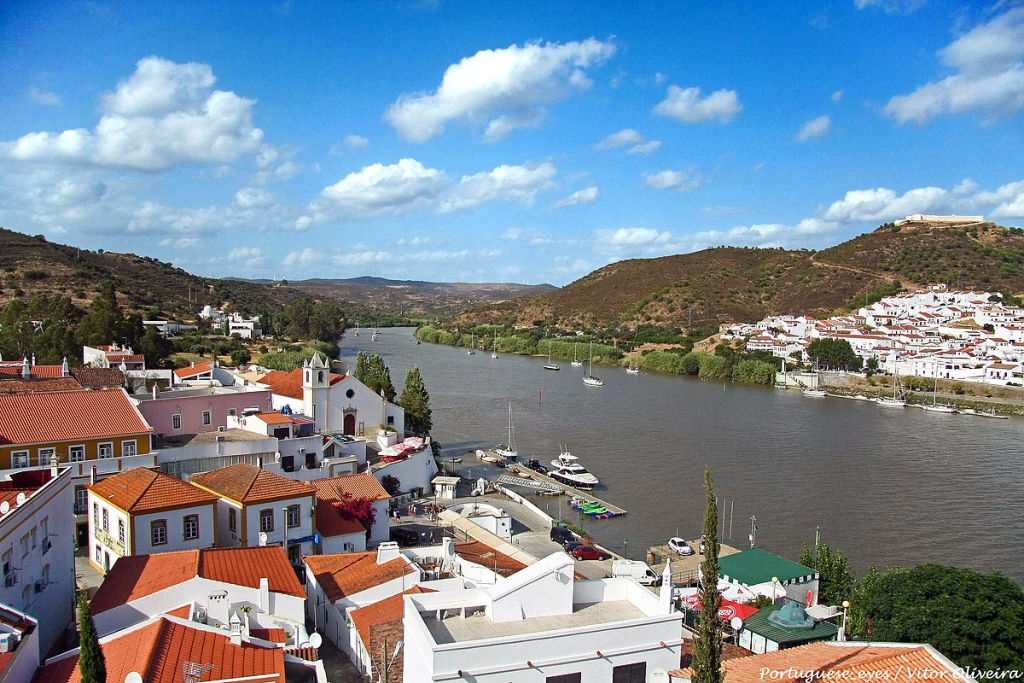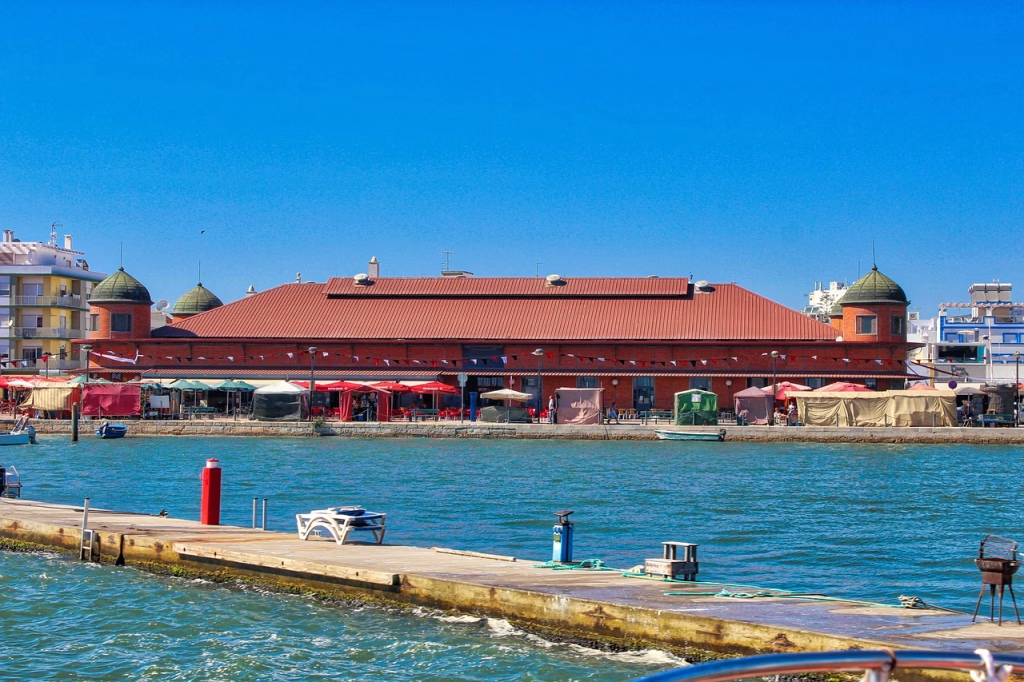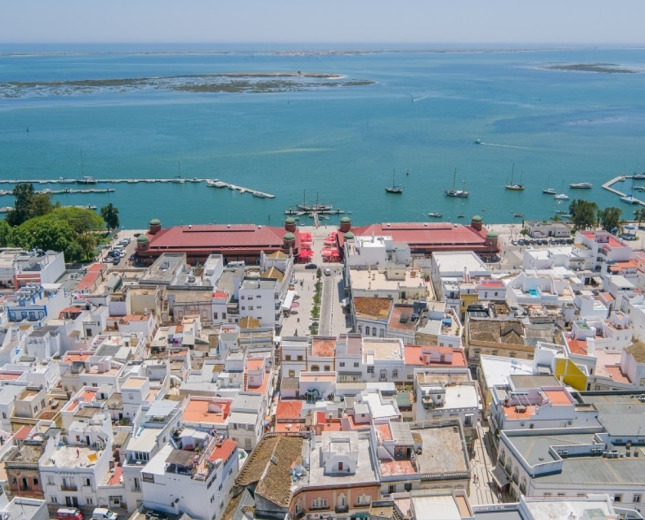Let’s get one thing out of the way: the Algarve is beautiful. All of it. From the rugged cliffs of Sagres to the sleepy lagoons of Cacela Velha, Portugal’s southern coast knows how to turn on the charm. But – and there is a but – not all Algarve is created equal. I’m talking about the age-old debate: West Algarve vs. East Algarve.
If you’ve ever found yourself sipping vinho verde in Lagos and wondering if you should hop over to Tavira next time – the answer is a resounding yes. And I’ll tell you why.
The West: Dramatic and… Busy
There’s no denying that the West Algarve has wow-factor. Towering cliffs, crashing Atlantic waves, surfer dudes, and Insta-friendly beaches with names like Praia do Camilo and Benagil. It’s bold, it’s breathtaking, it’s… a bit much, sometimes?
Sure, the sunsets are glorious, and there’s always something going on. But there’s also traffic, tour buses, parking drama, and more inflatable unicorns than you can count. It can feel a bit like the Algarve on caffeine. Great for a few days – exhausting after a week.
The East: Easy Does It
Now let’s talk East. As in: Tavira, Cabanas, Santa Luzia, and the kind of peaceful vibes that make you forget what day it is. No towering cliffs here – instead, you get sweeping salt flats, wild flamingos, sleepy fishing villages, and island beaches that stretch on forever.
The pace? Slow. The people? Smiling. The food? Just-caught, simply grilled, and ridiculously good.
And Tavira? Oh, Tavira.
Tavira: Queen of the East
If the East Algarve is a gentle lullaby, Tavira is its refrain – charming, timeless, and just the right amount of alive. Cobbled streets wind past faded blue azulejos, lazy riverside cafés beg for long lunches, and the Roman bridge acts like it’s been posing for postcards since forever (because it basically has).
This is not the place for pub crawls or pool parties. Tavira is for long walks, golden-hour photos, octopus in olive oil, and glasses of white wine you didn’t plan on but suddenly need.
Here, locals still greet each other by name. Market vendors remember how you like your figs. Life is a little softer, a little slower – in the best possible way.
So… Who Wins?
If you want drama, surf, and big tourist energy – go West. If you crave calm, charm, and authentic soul – come East. And if you want to fall in love with Portugal all over again?
Tavira is waiting.
Curious about where to eat, sleep, and sunbathe in Tavira? Stick around – I’ve got plenty of tip on this website.
With sunshine,
A.








